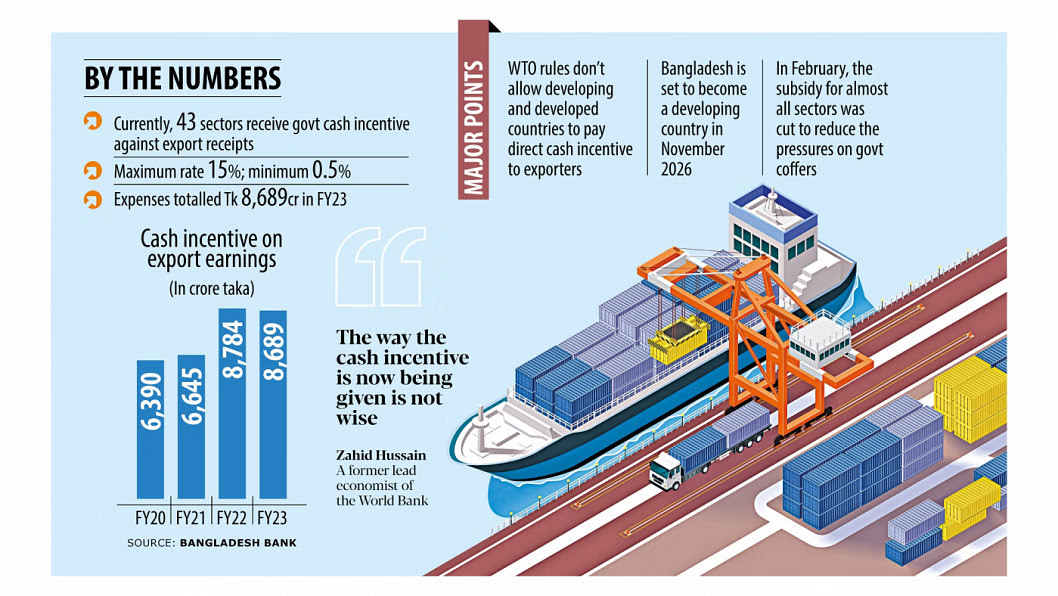The major challenges facing the government now to achieve a middle-income country (MIC) status from the lower-middle-income ranking are to net vast increase in investment, bring momentum in economic activity and attain a higher economic growth. Such roadmap leading to a higher trajectory of national development is laid out in a report prepared by the Metropolitan Chamber of Commerce and Industry (MCCI), Dhaka. In its latest report, styled Review of Economic Situation in Bangladesh (April-June), the leading trade body noted that there is need to sustain the present political stability to get to the next goal. Political peace, it underlines, is an essential precondition for reaching MIC status for the country by 2021-Bangladesh’s golden-jubilee year. The MCCI appeared frustrated over the existing inflow of net foreign direct investment (FDI) as it argued that Bangladesh needs between US$7.4 billion and $10 billion annually. The country received US$1.5 billion in FDI in July-May period of the just-concluded fiscal year (FY). The figure was US$1.313 billion in the corresponding 11 months of the previous fiscal. “Investors are still to get back the confidence. Bangladesh needs US$7.4 billion to US$10.0 billion annually to spend for infrastructural development in line with its target of graduating to a middle-income country by 2021,” the report reads. The MCCI report says owing to political unrest in January-March the agricultural sector recorded a lower growth of 3.04 per cent in FY15 (fiscal year-2014-15) compared to 4.37 per cent in FY14. The premier chamber body noted that the disbursement of foreign aid during the eleven months of the FY15 increased slightly although the aid commitments had dropped during the period under review. The disbursement of aid increased by 0.38 percentage point to US$2.63 billion while the commitments declined 18.21 per cent to US$2.83 billion in the July-May period of FY15, according to the MCCI count. Back-to-back political unrest in the last two years, economic slowdown in the export-destination countries and devaluation of the euro against the dollar are attributed to the fall of export growth. Exports rose 4.41 per cent to US$8.294 billion in the quarter under review (April-June of FY15), compared to the corresponding quarter of FY14. The MCCI observed that the inflows of remittance crossed the US$15-billion mark as many expatriates sent home increased amounts of money on the occasion of Eid-ul-Fitr. Stable exchange of the local currency against the US dollar has encouraged the expatriates to send their hard-earned money home that also helped boost the forex reserve. However, the manufacturing sub-sector witnessed a higher growth of 10.32 per cent in FY15, compared to 8.77 per cent in FY14. Broad money (M2) recorded a lower growth of 12.63 per cent year-on-year at the end of May 2015 compared to the 15.25 per cent growth witnessed at the end of May 2014. Domestic credits, on the other hand, recorded 10.29 per cent (y-o-y) growth at the end of May 2015, which was slightly higher than the 10.13 per cent growth registered at the end of May 2014. Among components of domestic credits, private sector’s share registered a growth of 13.57 per cent during the period between May 2014 and May 2015, compared with a lower growth of 11.39 per cent during the period between May 2013 and May 2014. Public-sector credits, on the other hand, saw a negative growth of 2.61 per cent at the end of May 2015, against an increase of 5.47 per cent at the end of May 2014. Total liquid assets of the scheduled banks increased 6.51 per cent to stand higher at Tk2286.42 billion as of end April 2015. Also, the required liquidity (SLR) stood higher at Tk 1248.85 billion as of end of April 2015. Thus, the excess liquidity of scheduled banks as of end April 2015 stood lower at Tk 1037.57 billion. The extensive economic review says that the capital market remained almost in the same dull state with no significant improvement or deterioration during the immediate-past fiscal year (FY15), despite several initiatives by the government to prop up the market. Imports increased in the just-concluded fiscal year, boosted by higher imports of food-grains ahead of Ramadan along with consumer goods, capital machinery and intermediate goods. Between end-June of 2014 and 2015, the taka depreciated marginally (by 0.22 per cent in terms of the US dollar, showing stability on the country’s foreign-exchange market. A comparison of inflation data for urban and rural areas during FY15 (average point to point) showed that the inflation rate was higher in urban than in rural areas, the report said.
RMG BANGLADESH NEWS
A Knowledge-based Initiative of Best Sourcing
Ready Made Garments sector is the key source of foreign currency and GDP for Bangladesh. Approximately 4.2 million people are dependent on the RMG sector for their bread and butter.
Ready Made Garments sector is the key source of foreign currency and GDP for Bangladesh. Approximately 4.2 million people are dependent on the RMG sector for their bread and butter.
Contact us: info@rmgcentre.com
© Copyright 2019 - RMG Bangladesh















